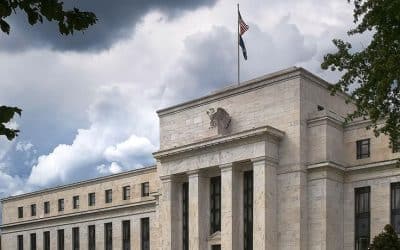Investors face a bear market, but for how long?

Redacción Mapfre
The general falls in the main indices continue, with no respite in sight for investors. The S&P 500 is off more than 20% from its latest high, while the benchmark European index, the EuroSTOXX50, has seen a stiff correction of more than 24% since the beginning of the year. The same trend can be seen in the Spanish market, where the IBEX 35 has fallen 16% so far this year. This situation, further exacerbated by the rise in the VIX volatility index, has set off alarm bells with experts, who acknowledge that the stock markets have entered bear territory.
According to analysts in general, we don’t appear to have reached the bottom yet. So the question is: are there more falls in the offing? In short, the answer is Yes, but with some nuances. Alberto Matellán, chief economist at MAPFRE Inversión, believes that the lows are not far away, notwithstanding the existence of elements that suggest that there is still a way to fall "due to a readjustment of new expectations, such as the more pronounced harshness of the central banks and a more negative economic reality.”
This shows, precisely, that the market, as has been evidenced in recent weeks, "is lagging behind reality but is ahead of forecasts," he continues. The latest Organization for Economic Cooperation and Development (OECD) data collected by economists paint a very complicated picture on the European continent, especially in Germany, which would bear the brunt of the current geopolitical crisis. The stock markets, in this sense, "have been discounting these expectations for several weeks now," explains Matellán. These forecasts would also include a no less important factor such as the publication of Q3 business results, on which he noted that "more of the same is expected: downward earnings and an adjustment in expectations."
Don’t let a good crisis go to waste
Although equities remain in negative territory, bonds are buoying investor sentiment, registering high levels. The US 10-year bond, for example, is at its highest level since 2010, and the Spanish equivalent has approached 3.5%, giving a return not seen since 2014.
This supposes, according to the economist, a certain normality, since it is close to pre-2008 levels, where we saw rises going up to 5%. The profound changes in the economy in recent months have shone a light on how fixed income has ceased to buttress portfolios in the manner in which investors had come to expect. Now that they’re recovering the defensive capacity of these assets, Matellán clarified that the yields being recorded are not equally attractive across the board. "The short ones are higher than the long ones", something that will persist for the growth rate adjustment, he concluded.



